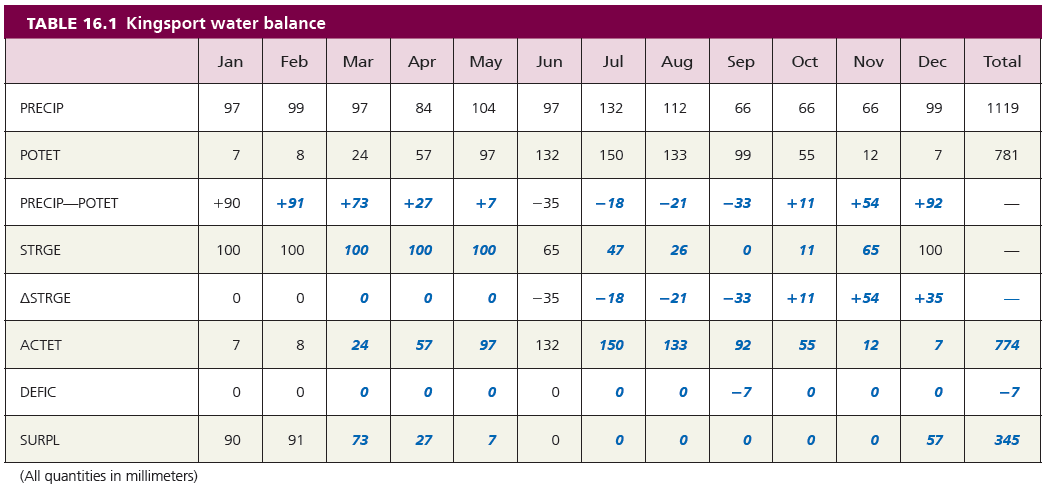What type of weather would you expect to see form when a cP air mass moves across warm water? Would conditions be any different when mP air moves across a cold land surface?
What will be the ideal response?
ANSWER: When the cold, dry air mass (cP) moves over a relatively warm body of water, such as the Great Lakes, heavy snow showers—called lake-effect snows—often form on downwind shores.
In the United States when maritime polar (mP) air moves inland, it loses much of its moisture as it crosses a series of mountain ranges. Beyond these mountains, it travels over a cold, elevated plateau that chills the surface air and slowly transforms the lower level into dry, stable continental polar air. East of the Rockies this type of air mass is referred to as Pacific air. Here, it often brings fair weather and temperatures that are cool but not nearly as cold as the continental polar and arctic air that invades this region from northern Canada.
You might also like to view...
Which of the following is a chemical property of silicon?
A. its density B. its ability to react with oxygen C. its melting point D. its ability to conduct electricity E. both C and D
Hydraulic fracturing (fracking) is
A) the use of cold fusion to produce nuclear power. B) an experimental technique for extracting oil from the ocean floor. C) a new technique of producing power using water. D) a technique which forces oil and gas out of shale rock. E) a long-established technique of drilling for water that dates back centuries
Can you identify from the two maps’ regions where PRECIP supply (16.1a) is higher than POTET demand (16.1b)? Compare the two maps and describe these regions.

What will be an ideal response?
Most of the petroleum found in the Persian Gulf area formed at a ____________________ continental
margin where the remains of ____________________ were buried and converted to petroleum. Fill in the blank(s) with the appropriate word(s).